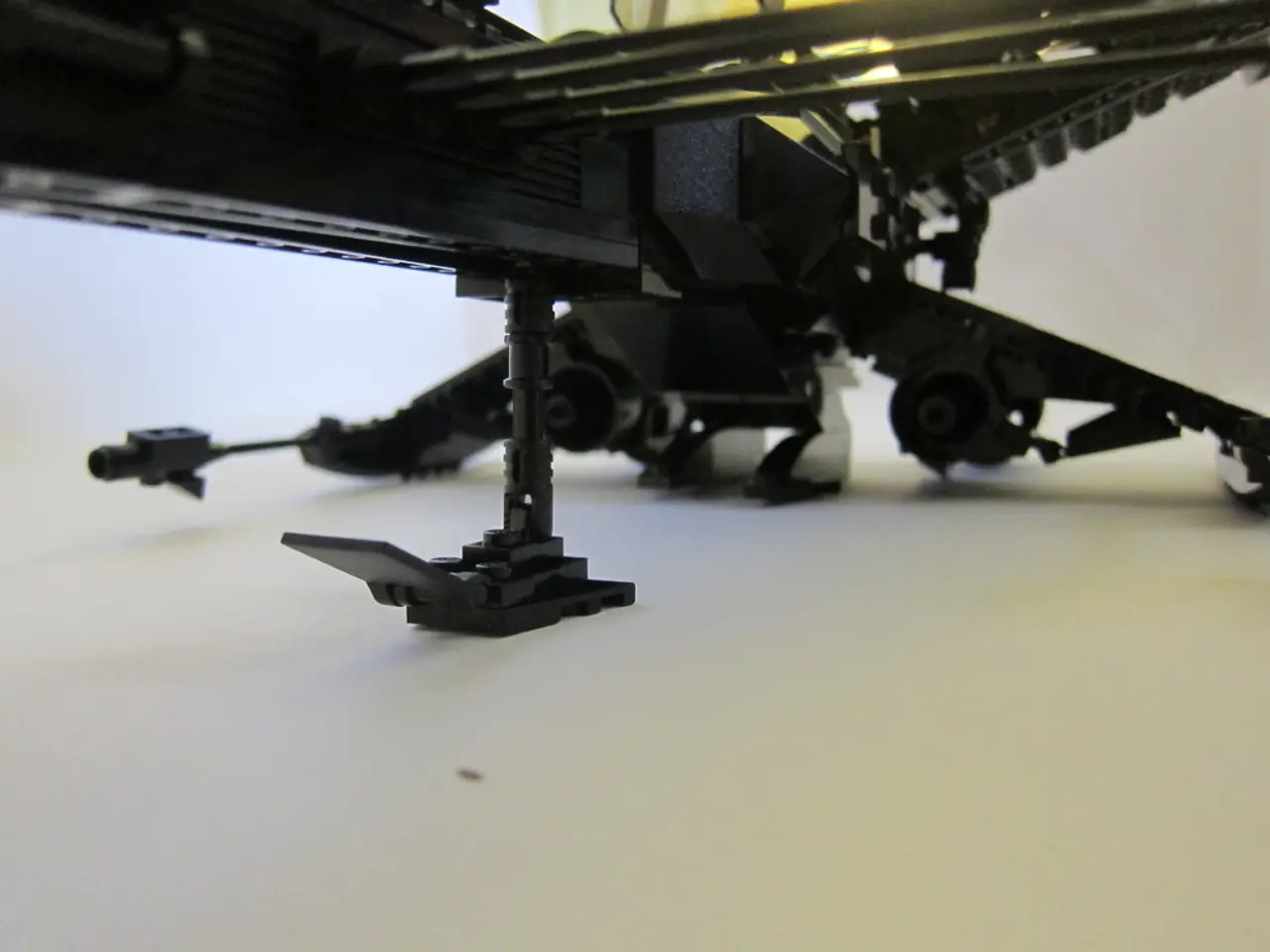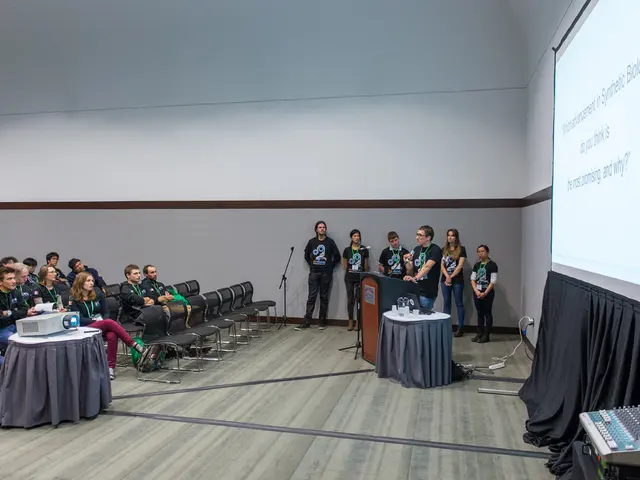LeVanta Tech & Ukraine Team Up for Unique Maritime Drone Halia
American tech firm LeVanta Tech has launched a collaborative project with Ukraine to develop a unique drone capable of operating on water and in flight. Named Halia, this maritime drone is designed to remain on the water's surface for extended periods with minimal visibility and transition into high-speed flight. The project is led by Kelly Eccles, founder and CEO of LeVanta Tech, who feels a personal connection to Ukraine and sees helping the country as a moral duty.
LeVanta Tech is already renowned for its work with the US Air Force and Navy, holding contracts with the US Department of Defense. Now, the company is partnering with Ukrainian engineers affiliated with ASTRA Robotics to produce the first Halia prototypes. The joint research and development will take place in Ukraine, with the aim of accelerating projects across the Baltics, Europe, and NATO countries.
Eccles sees great potential in working with Ukrainian specialists for drone technology and tactics. This collaboration follows a previous successful Ukrainian FPV drone project from Lasar's Group, which turned a Russian air defense vehicle into a weapon of its own. If the Halia project is successful, LeVanta Tech is considering setting up production facilities in Ukraine.
The Halia project, a maritime drone capable of both water and aerial operation, is a result of the partnership between LeVanta Tech and Ukraine. With Ukrainian expertise and LeVanta Tech's experience, the project aims to advance drone technology and tactics, potentially benefiting the Baltics, Europe, and NATO countries. The first prototypes will be tested directly in Ukraine, with the possibility of future production facilities in the country.
Read also:
- InformationWarfare in the Modern Era: Enhancing an Information Strategy for today's Battlefield and Botnet Threats
- Ukraine's Drone Revolution: Rapid Evolution and Countermeasures
- EU's Energy Infrastructure Under Siege: Cyber Attacks Surge 67% in 2025
- EU Fights Surge in Cyber Threats Targeting Energy Infrastructure






